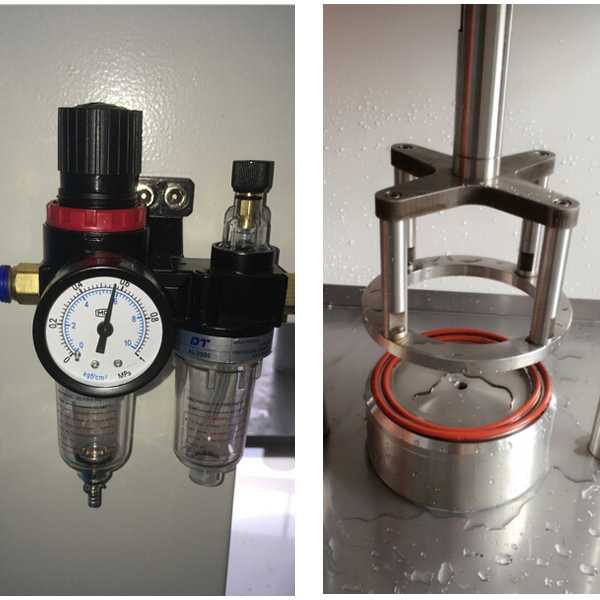8 Key Factors to Consider when Selecting a Fabric Penetration Testing Equipment

Here are eight key factors to consider when selecting a fabric penetration testing equipment:
1. Testing Method Compatibility: Ensure that the equipment supports the specific fabric penetration testing method you require, such as hydrostatic, spray impact, or vertical wicking.
2. Accuracy and Precision: Look for equipment that offers high accuracy and precision in measuring and recording fabric penetration test results.

3. Test Parameter Control: Consider the equipment's ability to control essential test parameters such as pressure, temperature, exposure time, or test fluid volume to meet your testing requirements.
4. Sample Size and Capacity: Assess the equipment's capacity to accommodate different sample sizes and quantities, ensuring flexibility for your testing needs.
5. Ease of Use: Choose equipment with user-friendly interfaces, intuitive controls, and clear instructions to minimize operator errors and ensure efficient testing processes.
6. Data Recording and Analysis: Evaluate the equipment's capabilities for data logging, storage, and analysis, including features like automated calculations, graphical representations, and export options.
7. Durability and Maintenance: Select equipment that is robustly built, using quality materials to withstand regular use, and consider the ease of maintenance, availability of spare parts, and technical support.
8. Compliance with Standards: Ensure the equipment meets relevant industry standards and regulations for fabric penetration testing, such as ISO, ASTM, or AATCC, to ensure consistent and reliable results.
Remember to compare different equipment models, read user reviews, and consider your specific testing requirements before making a final decision.
2023-08-28 14:02

